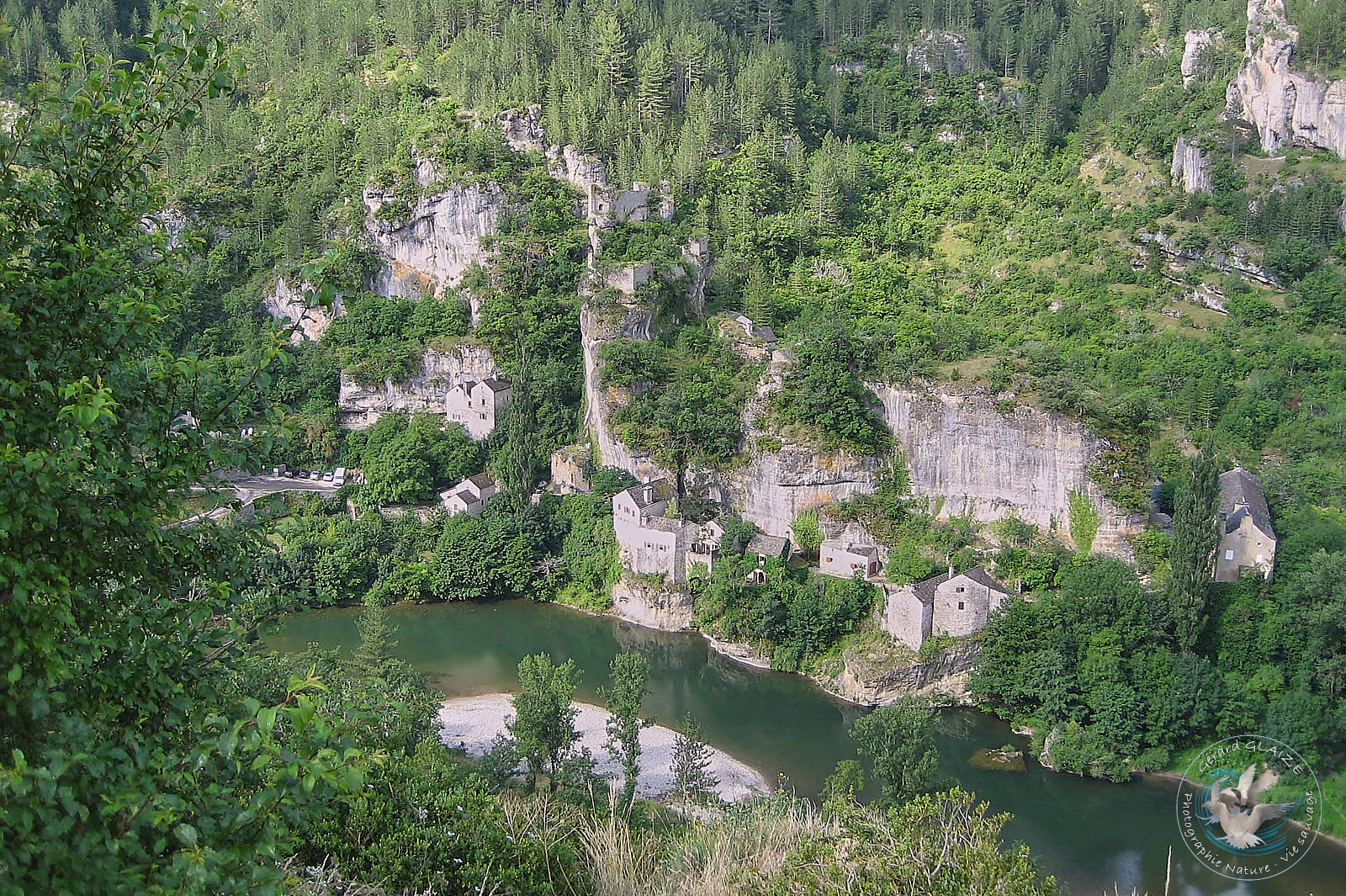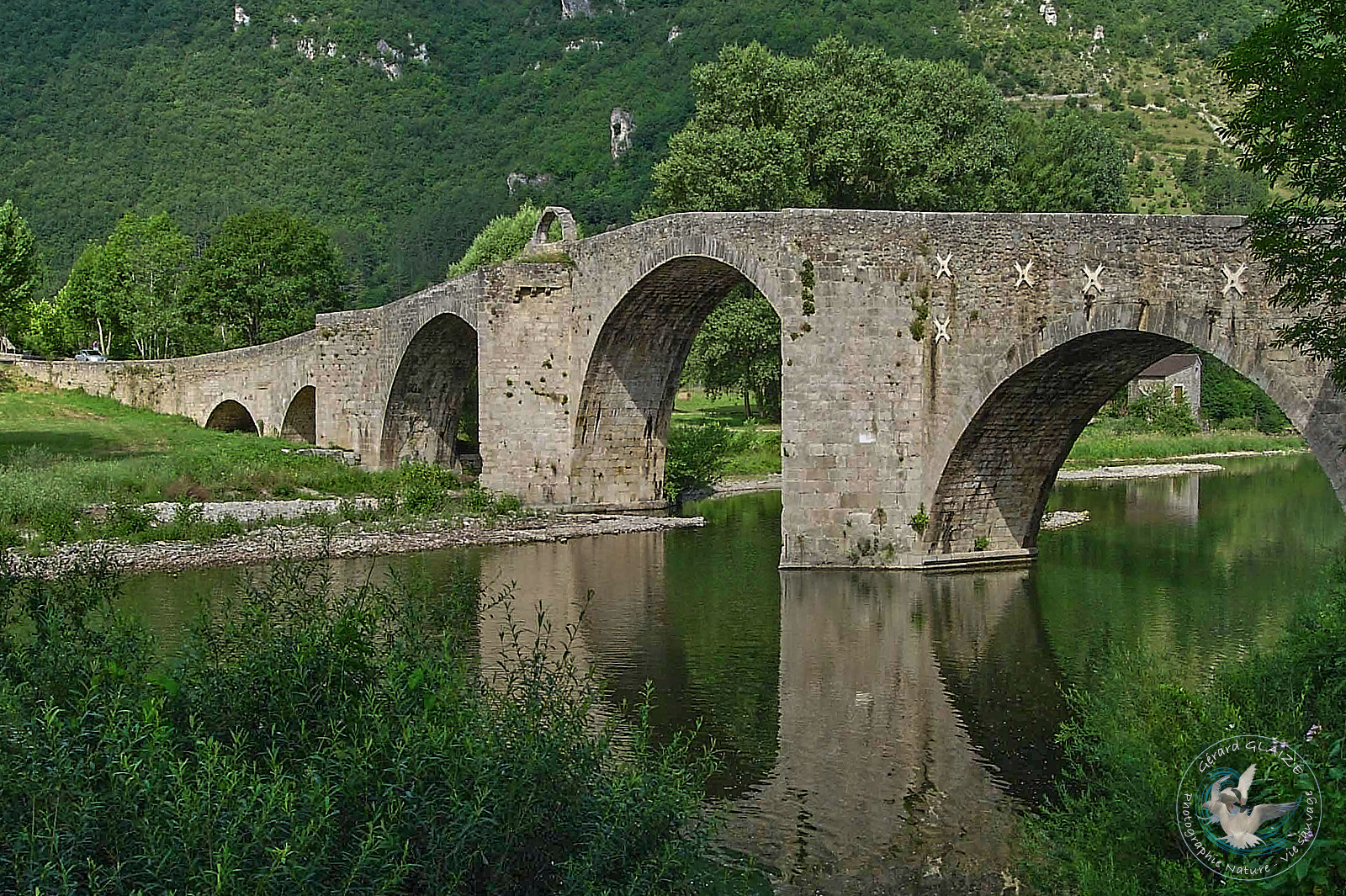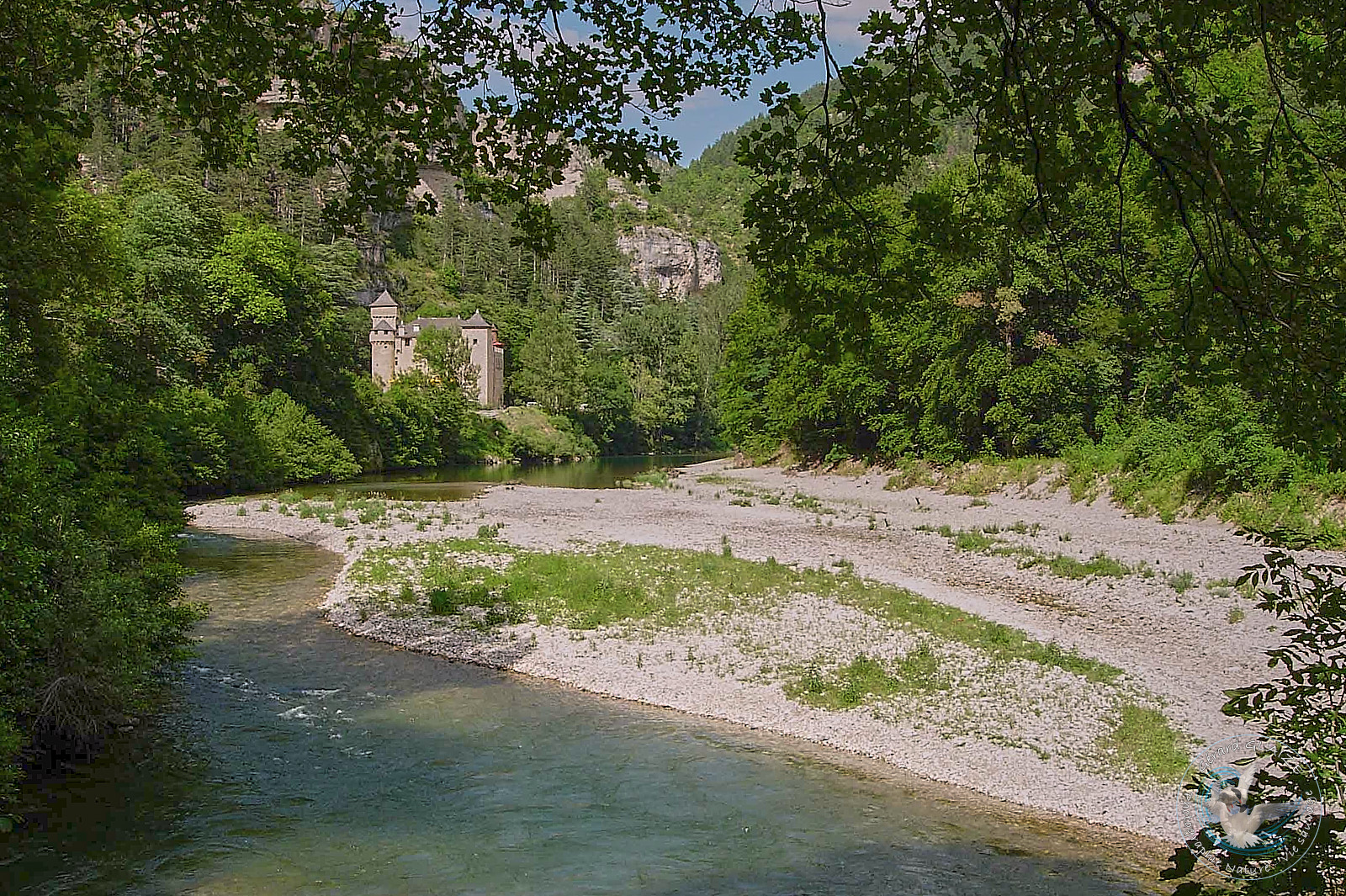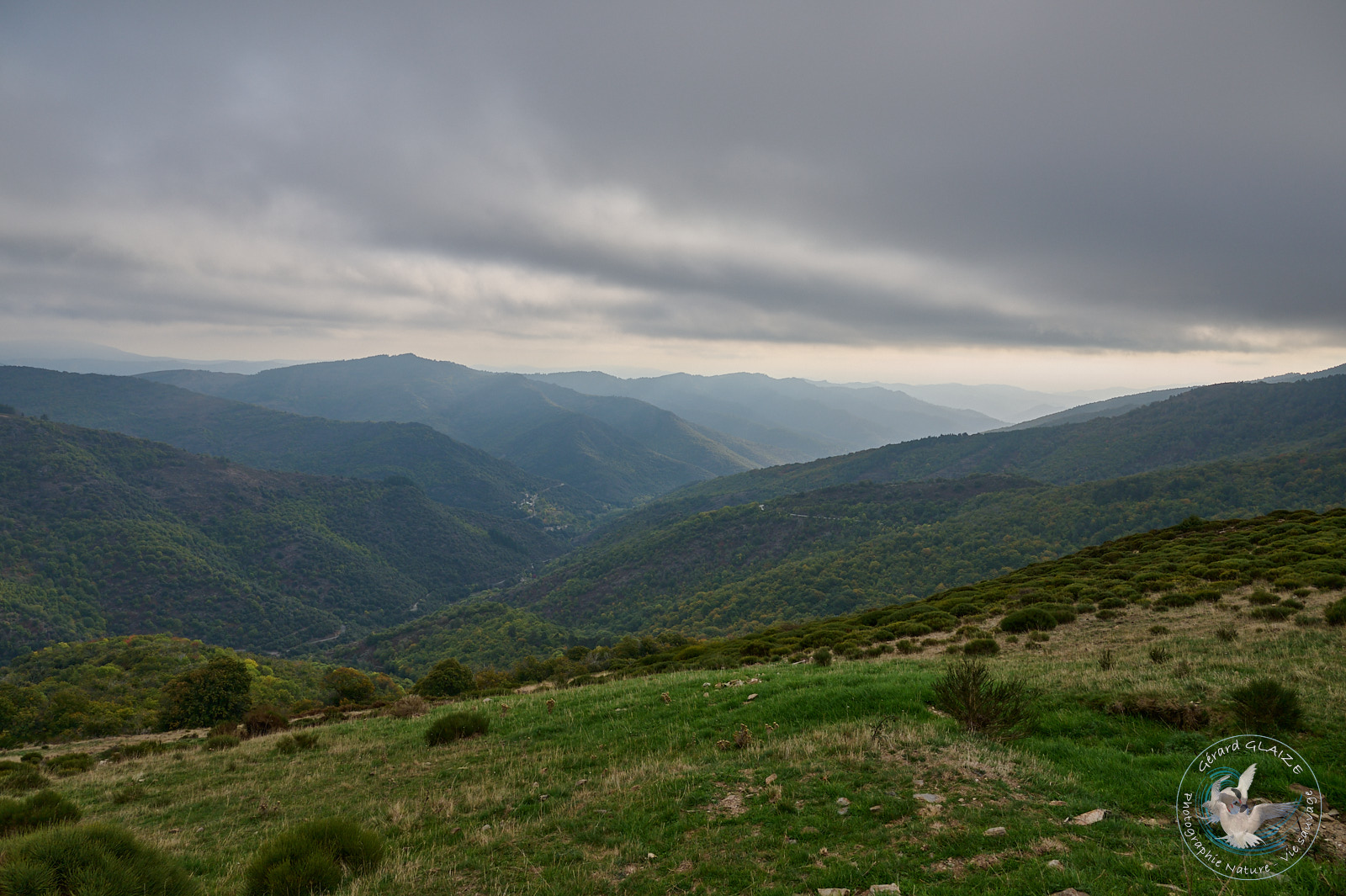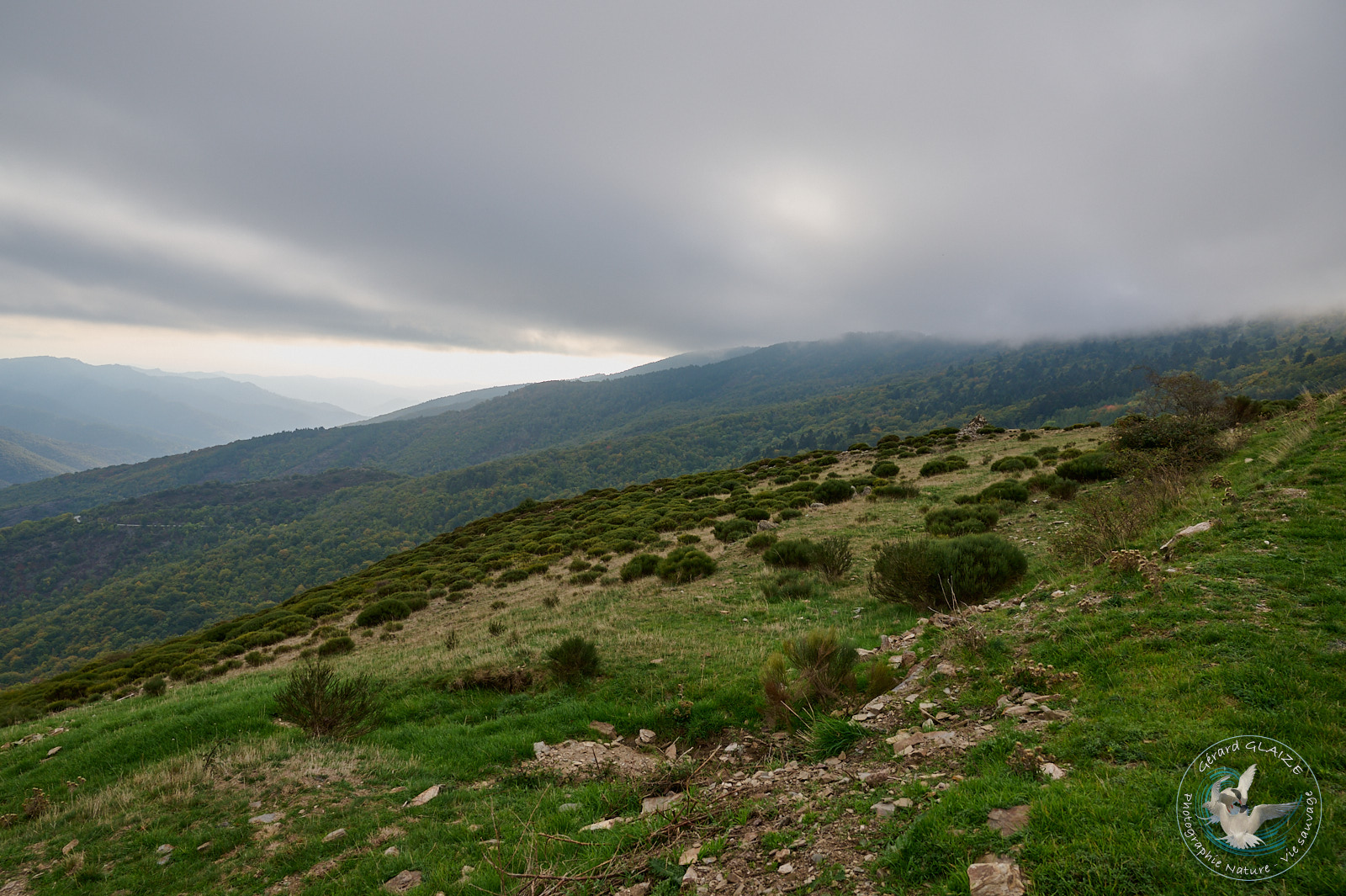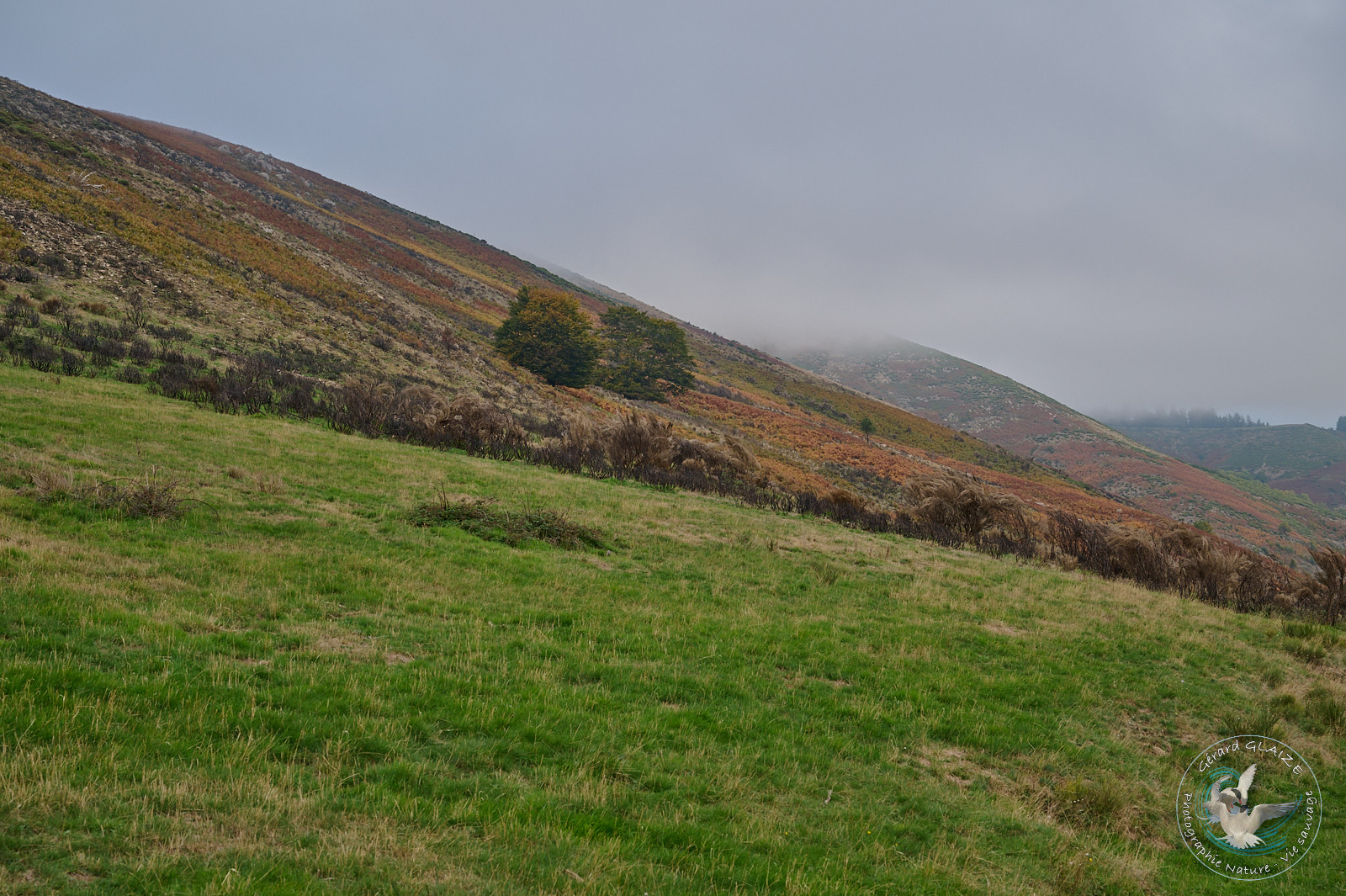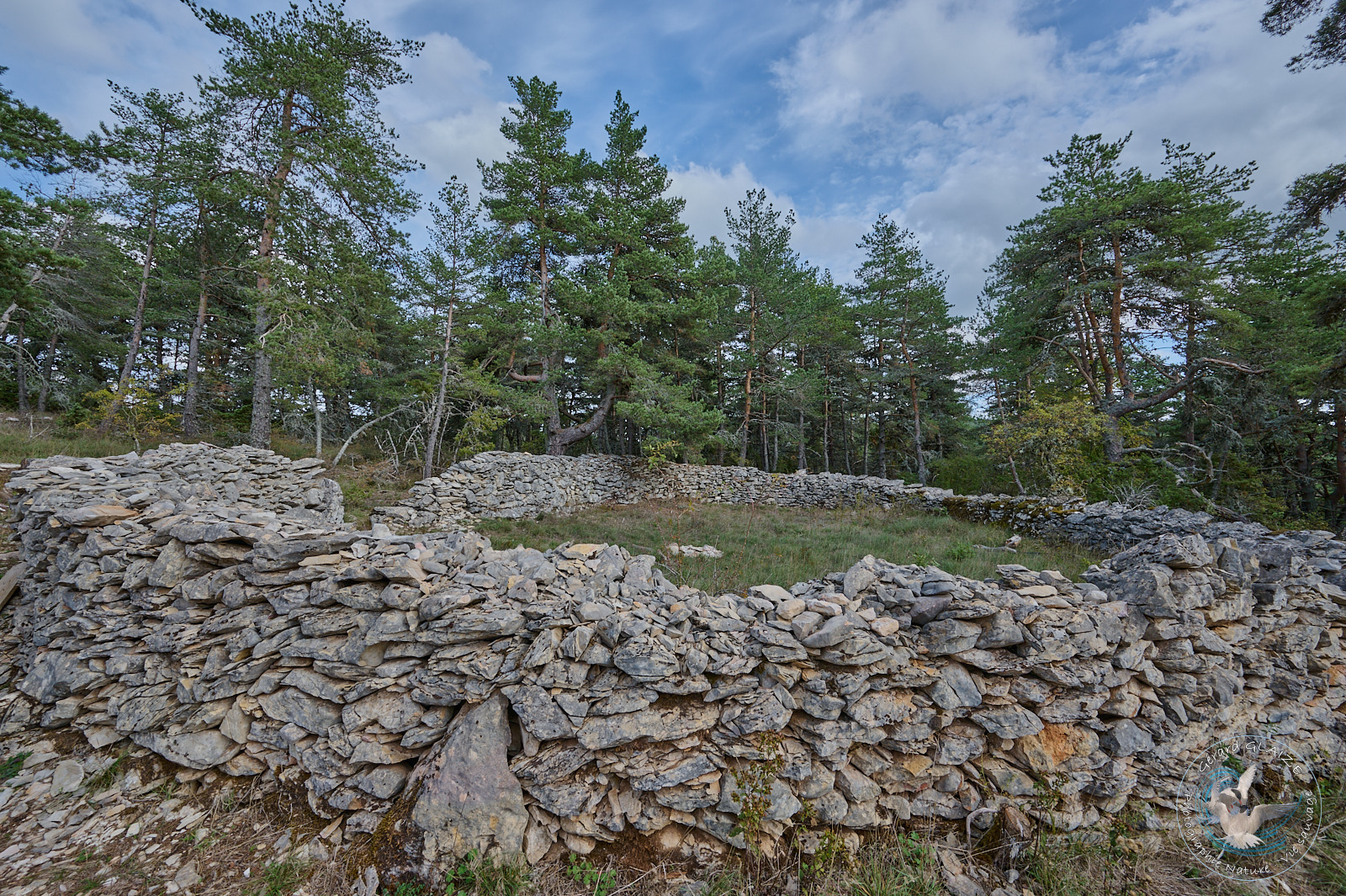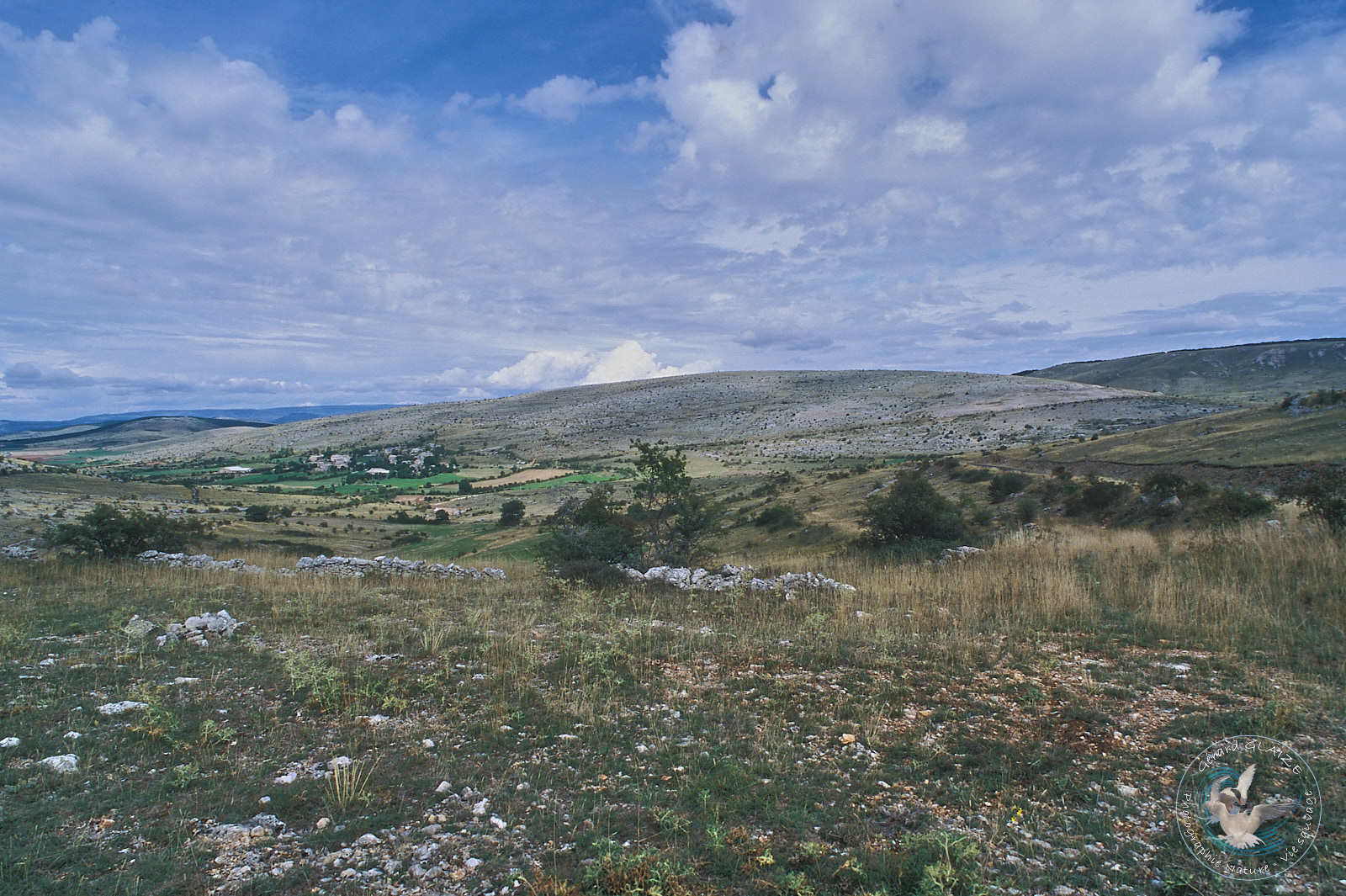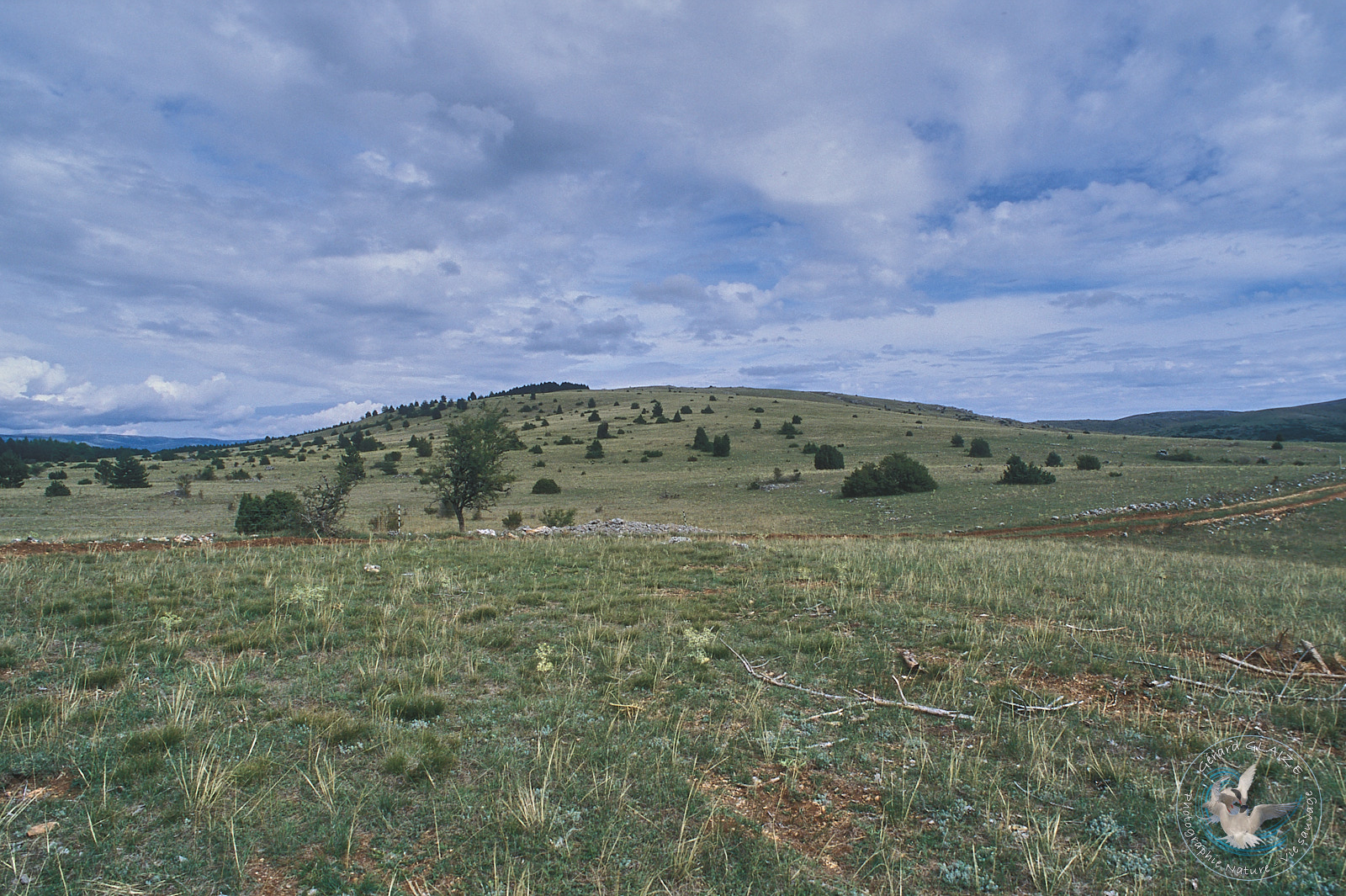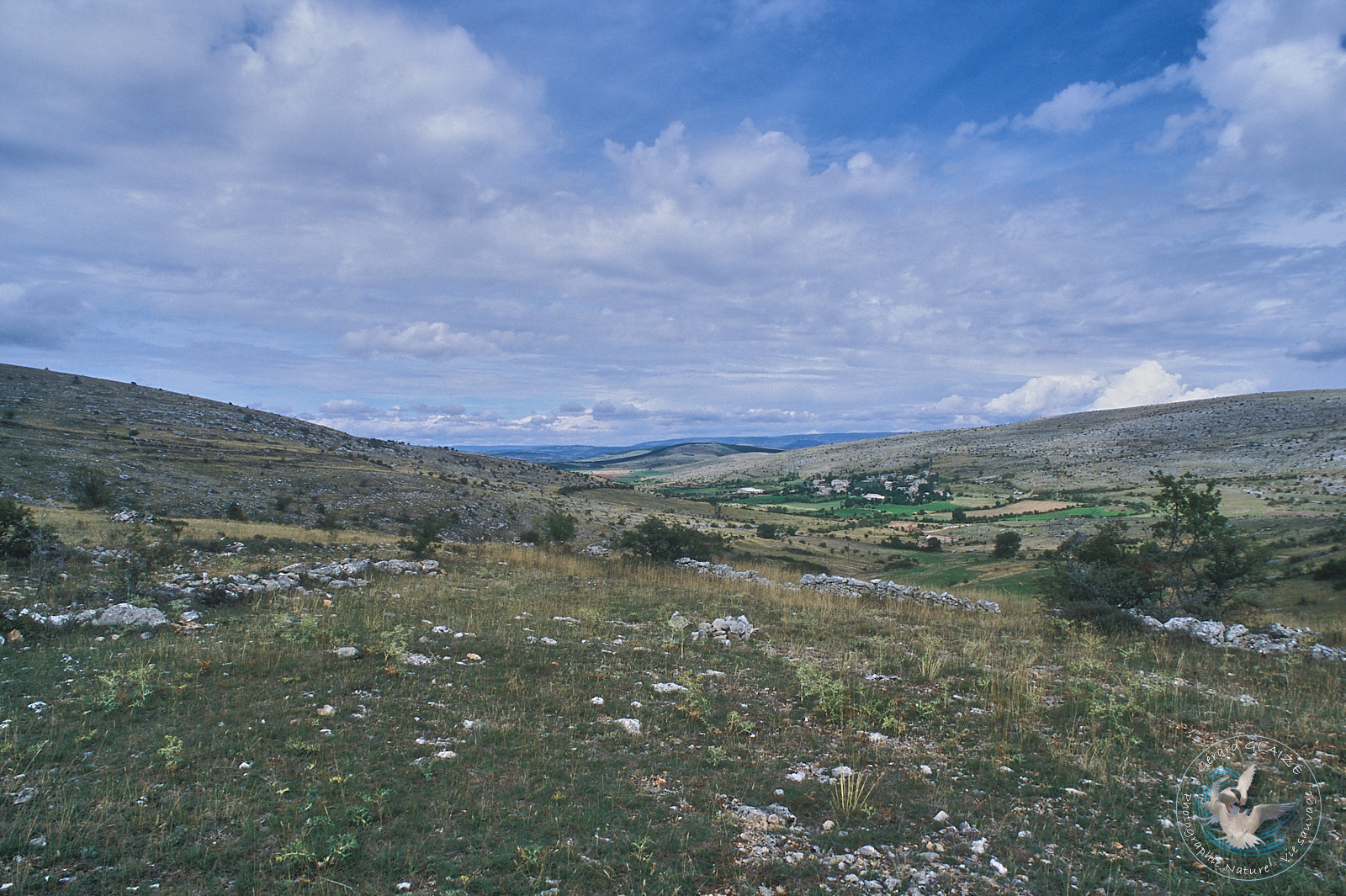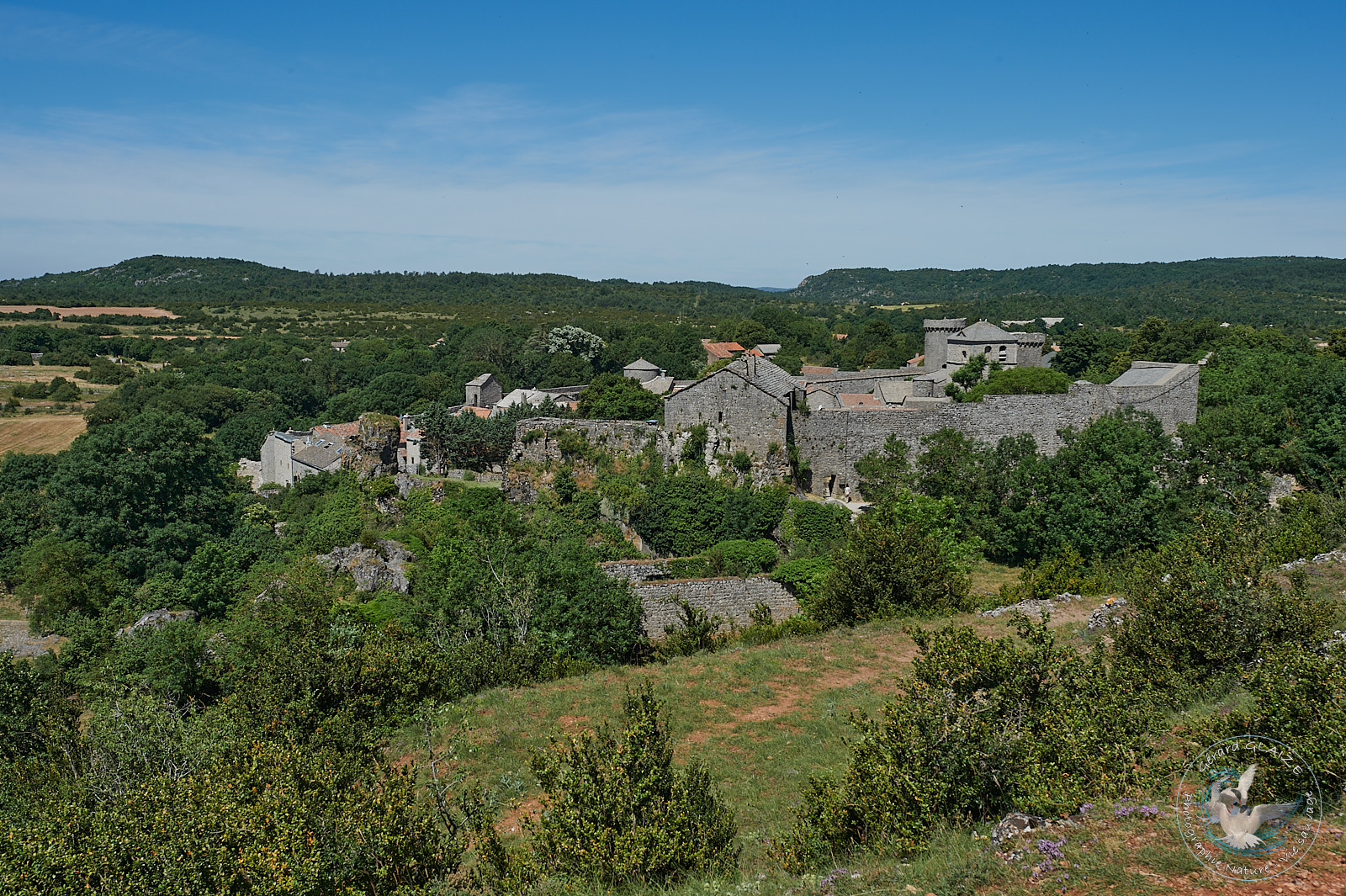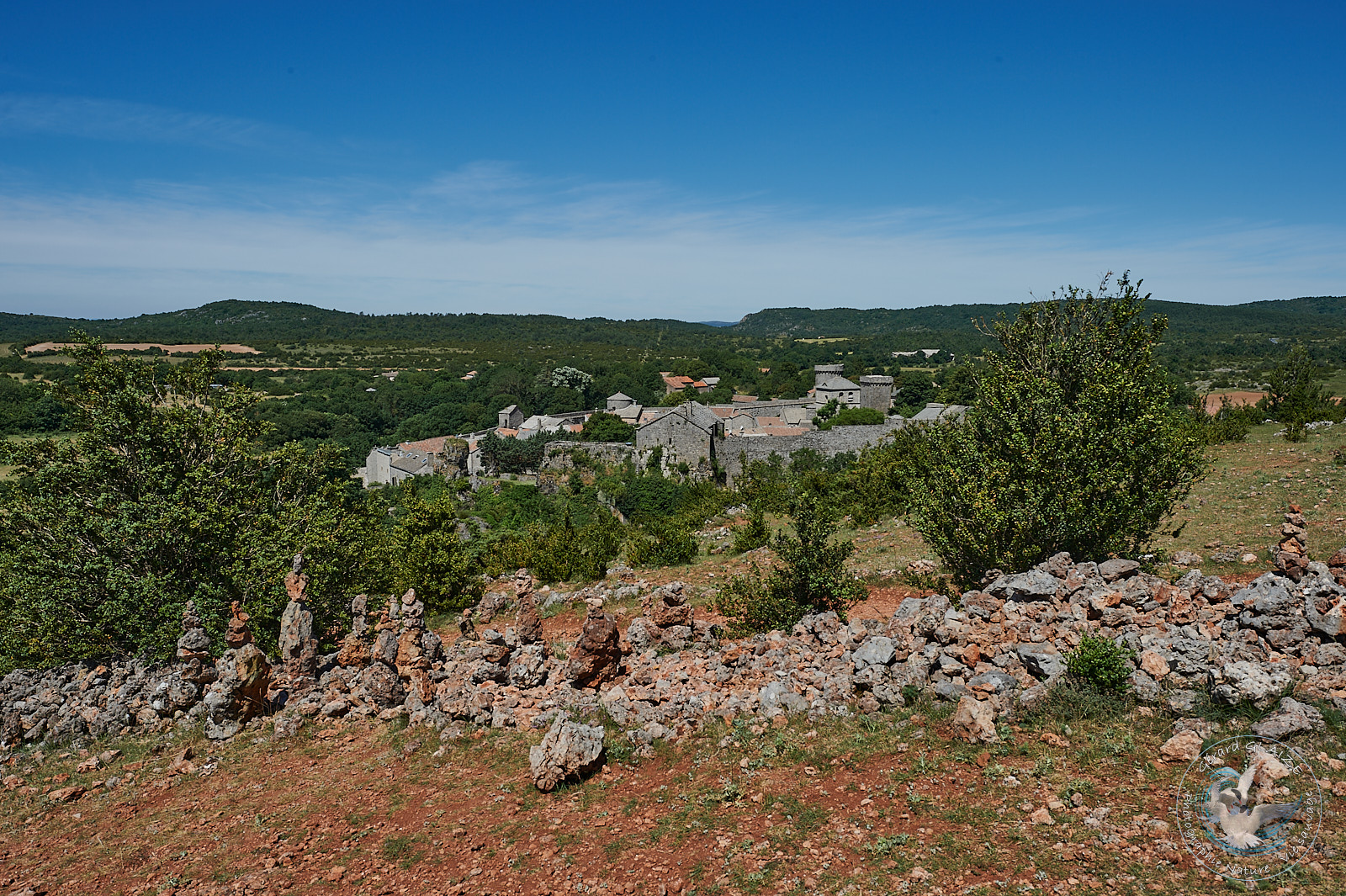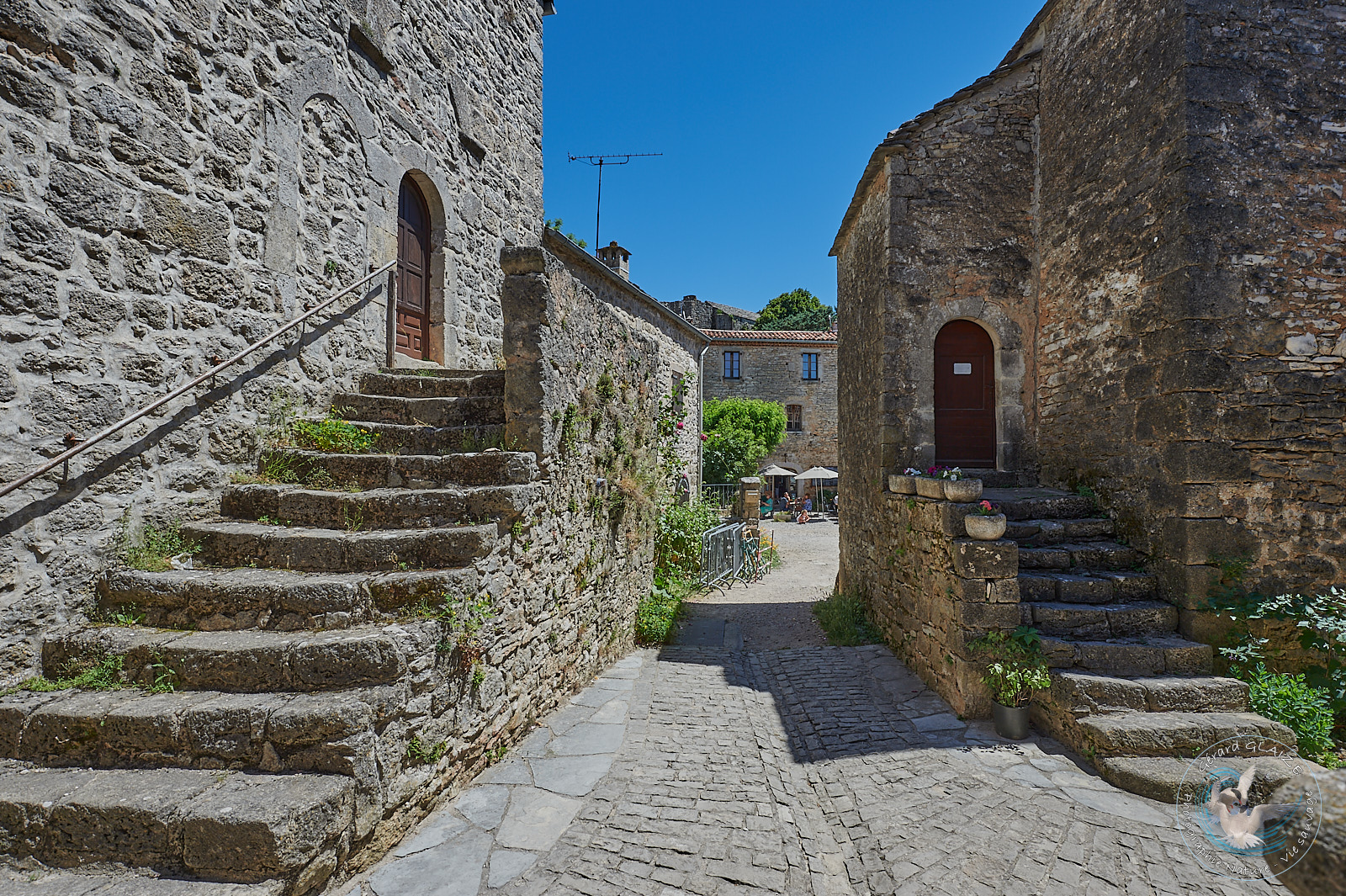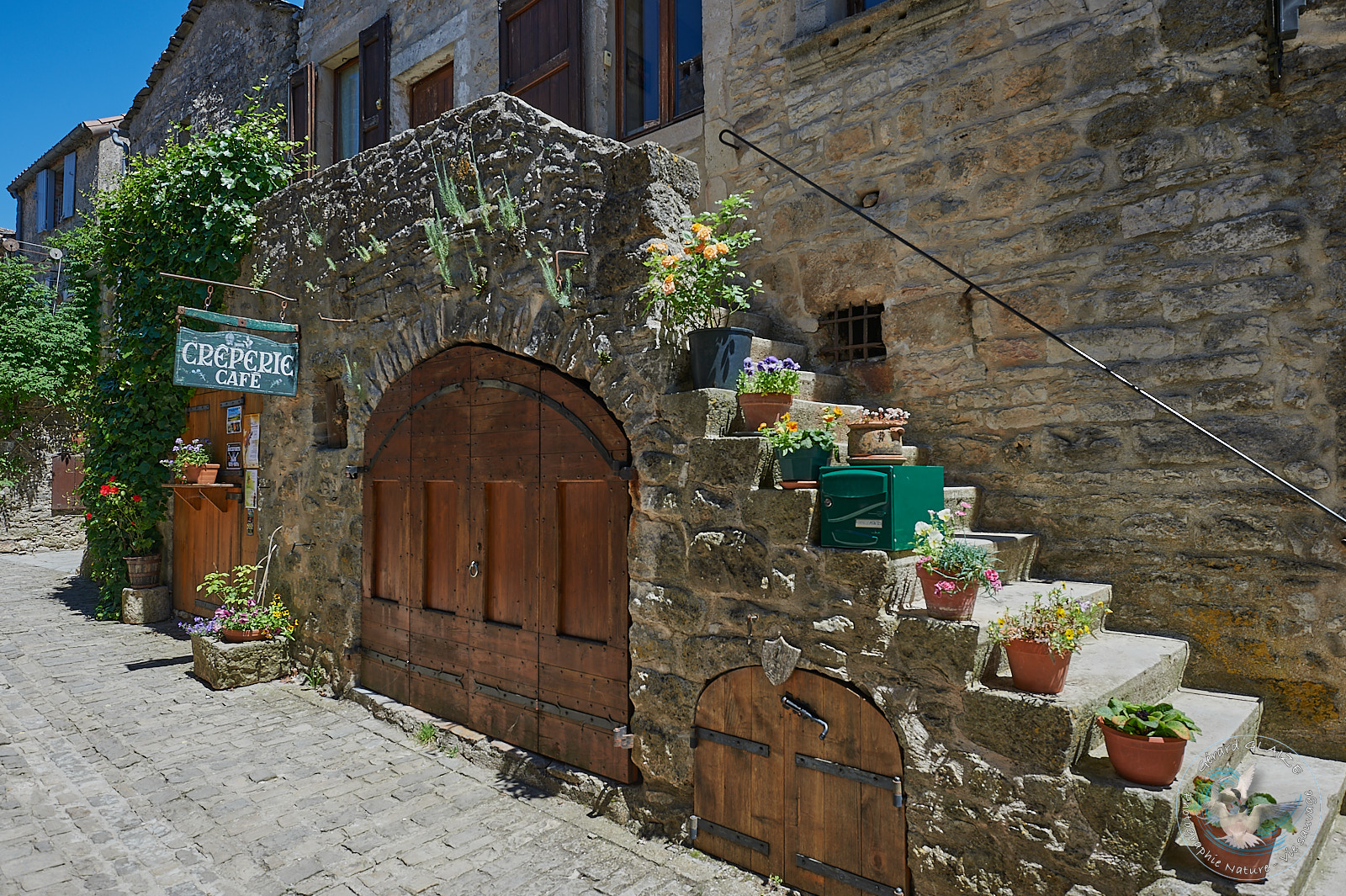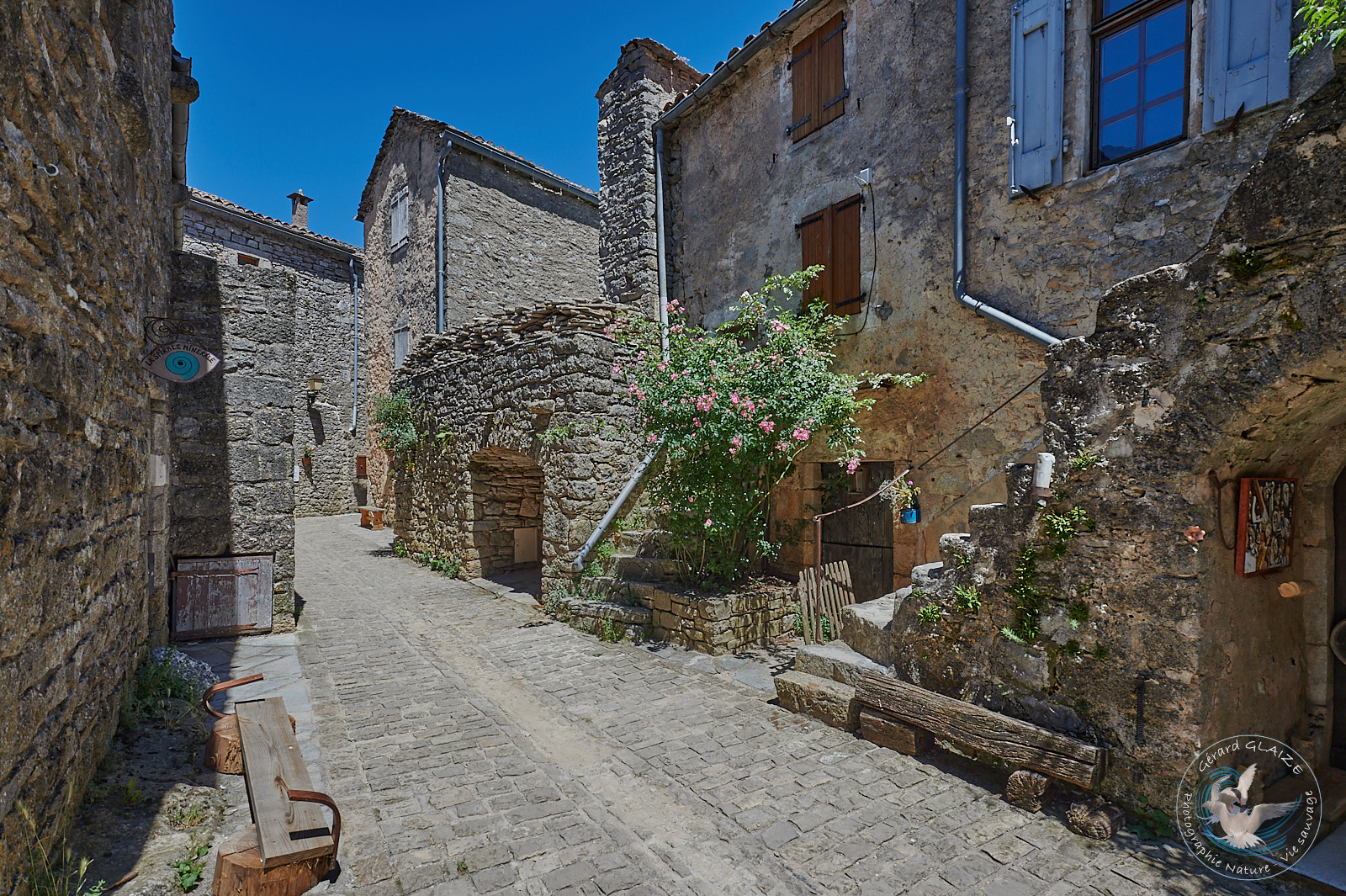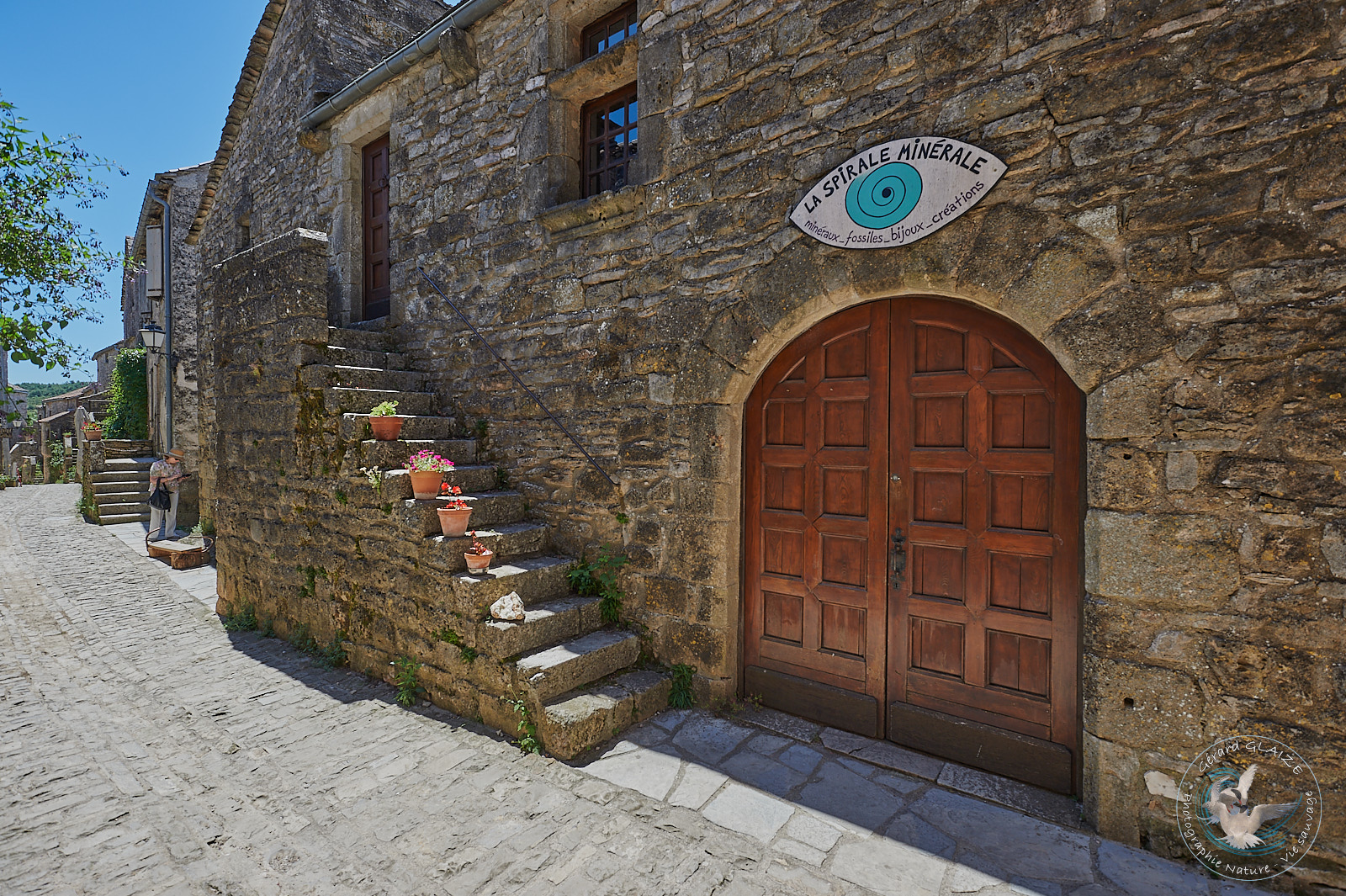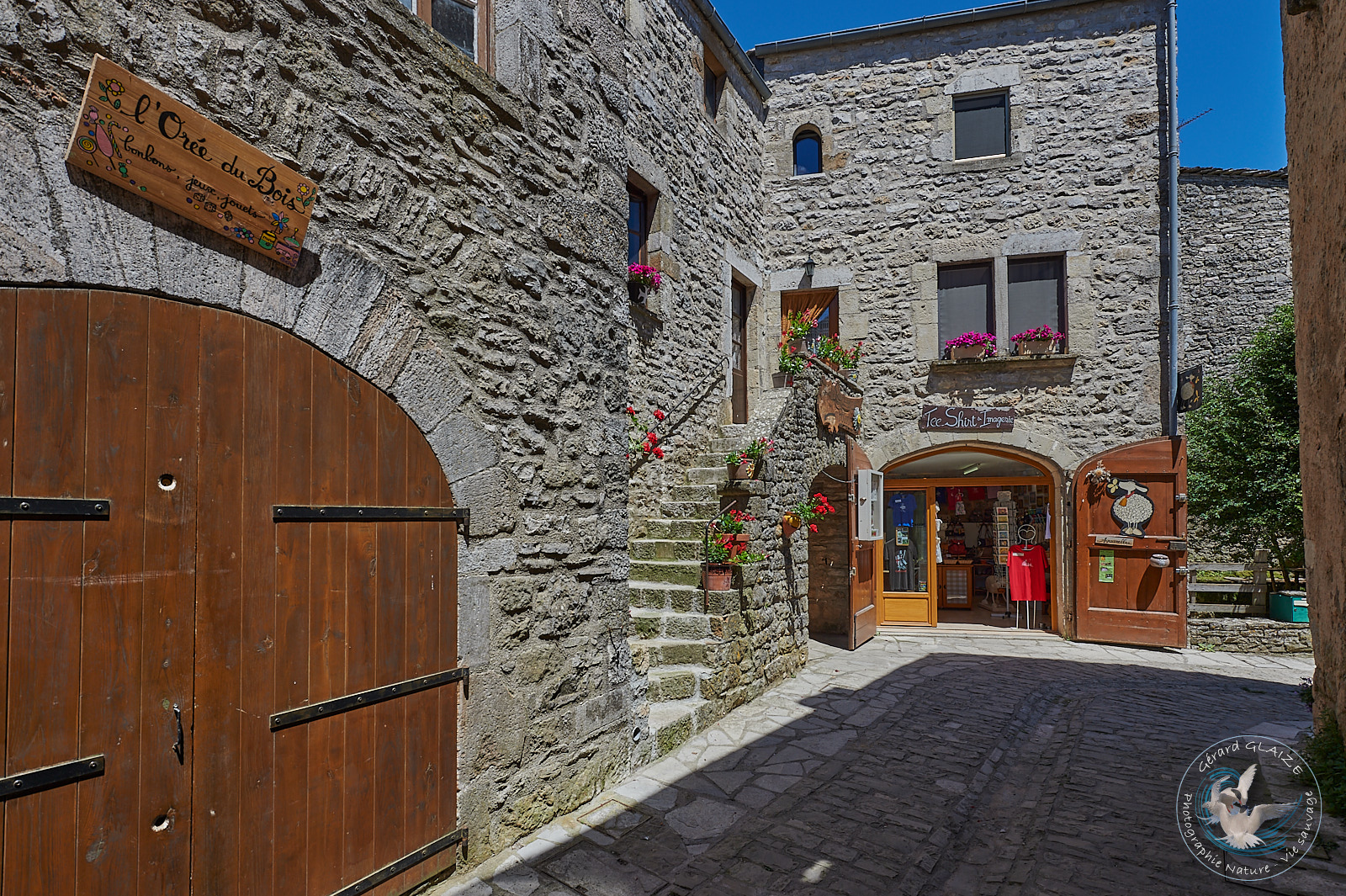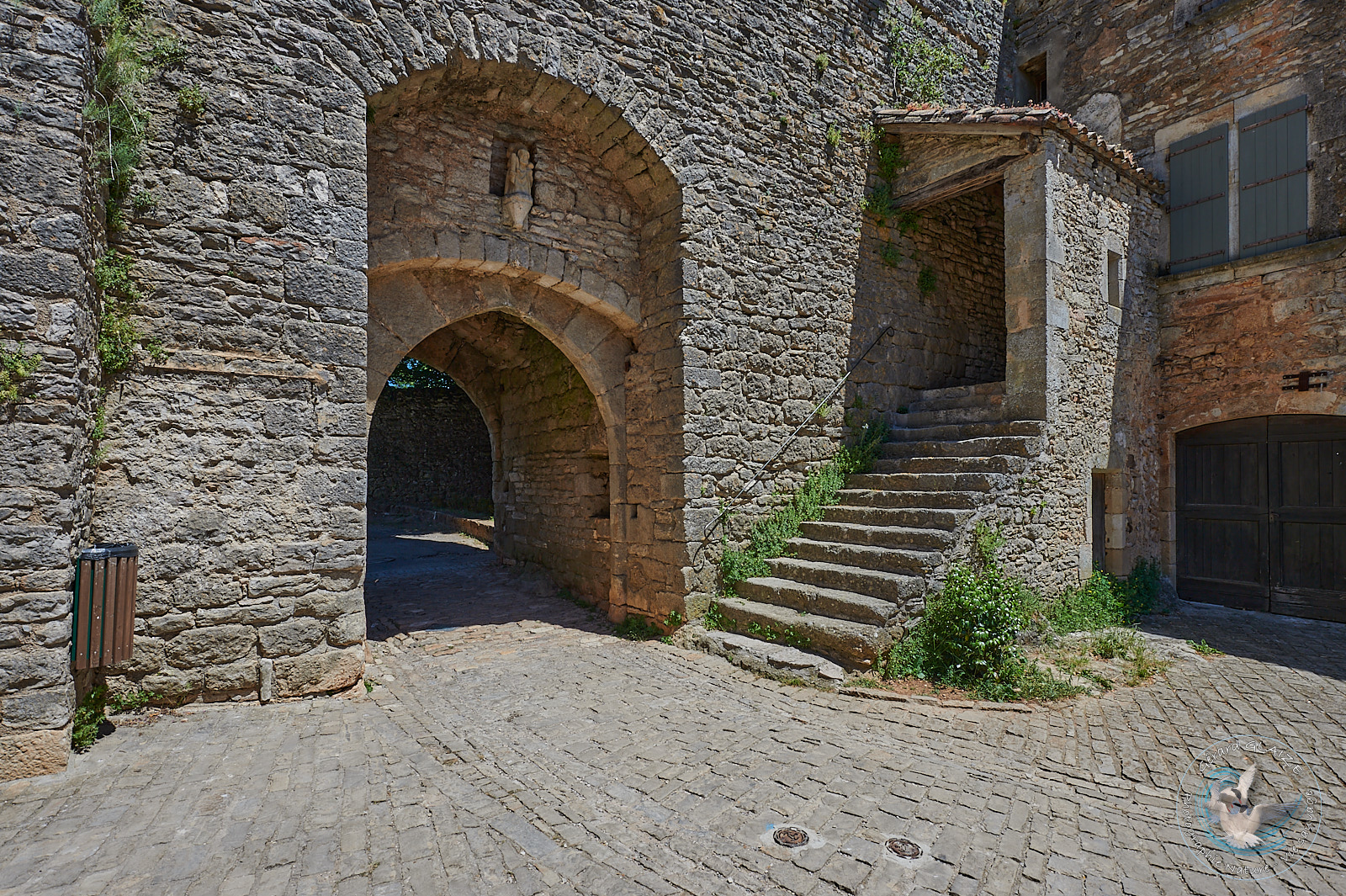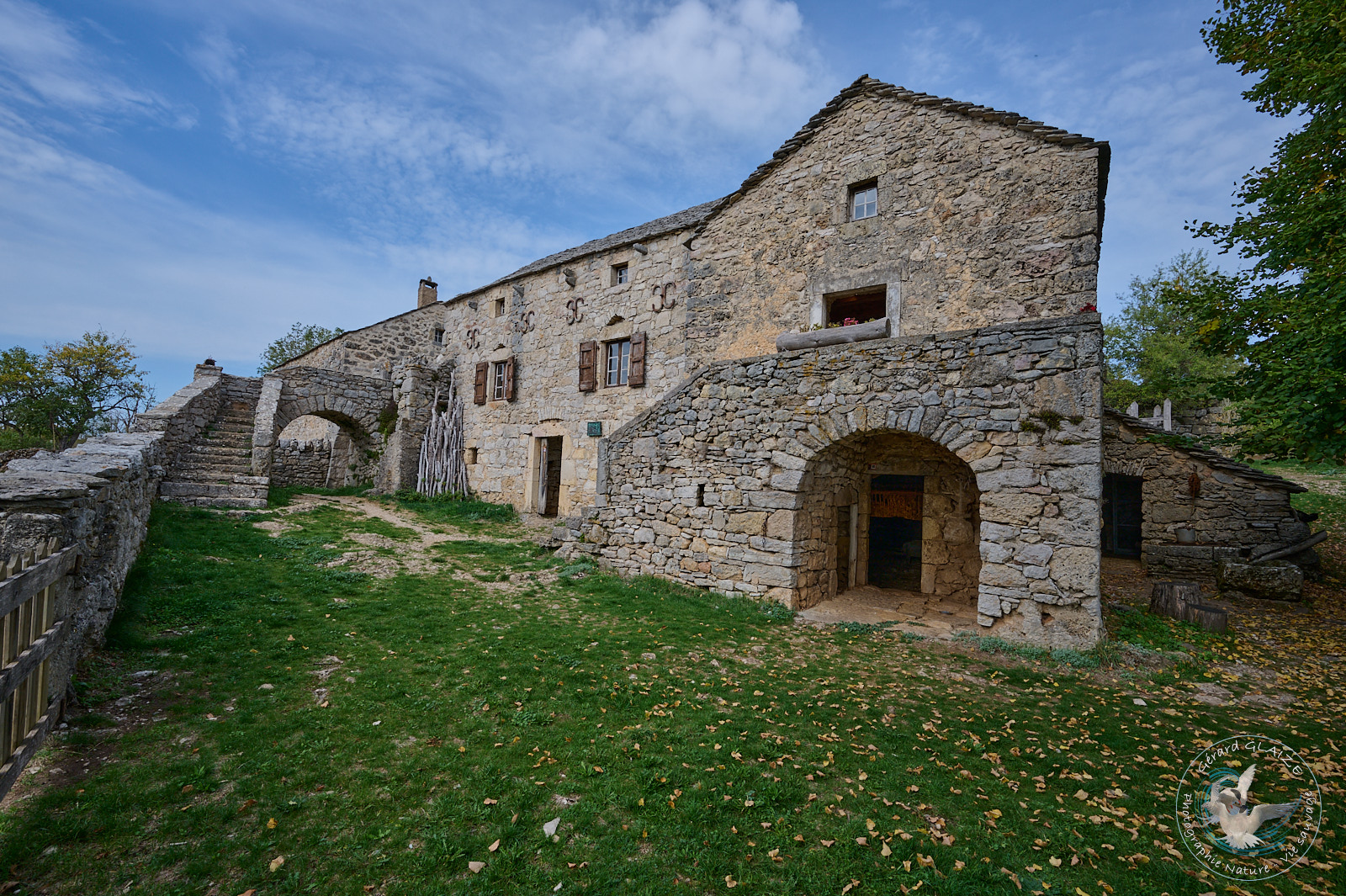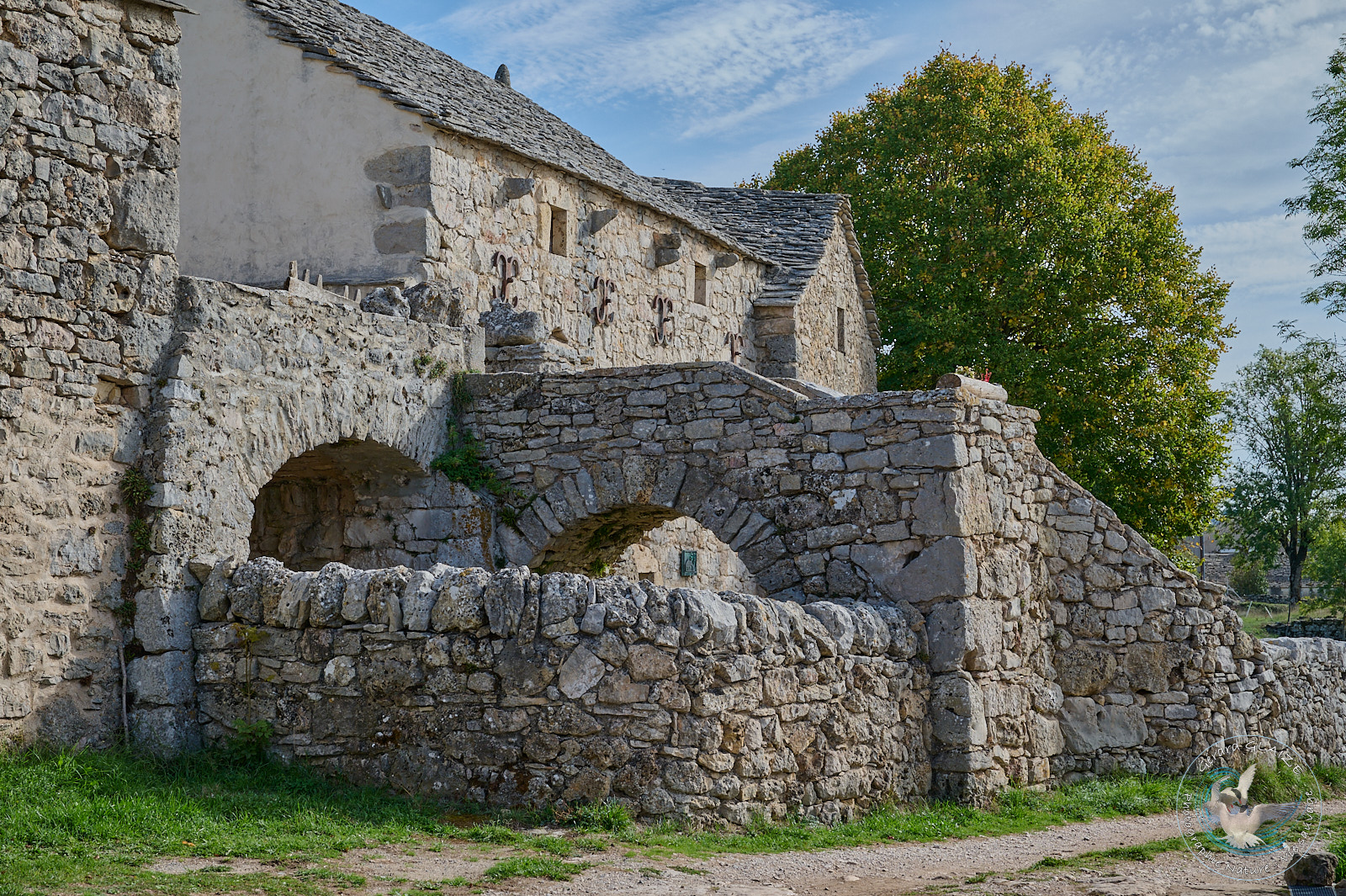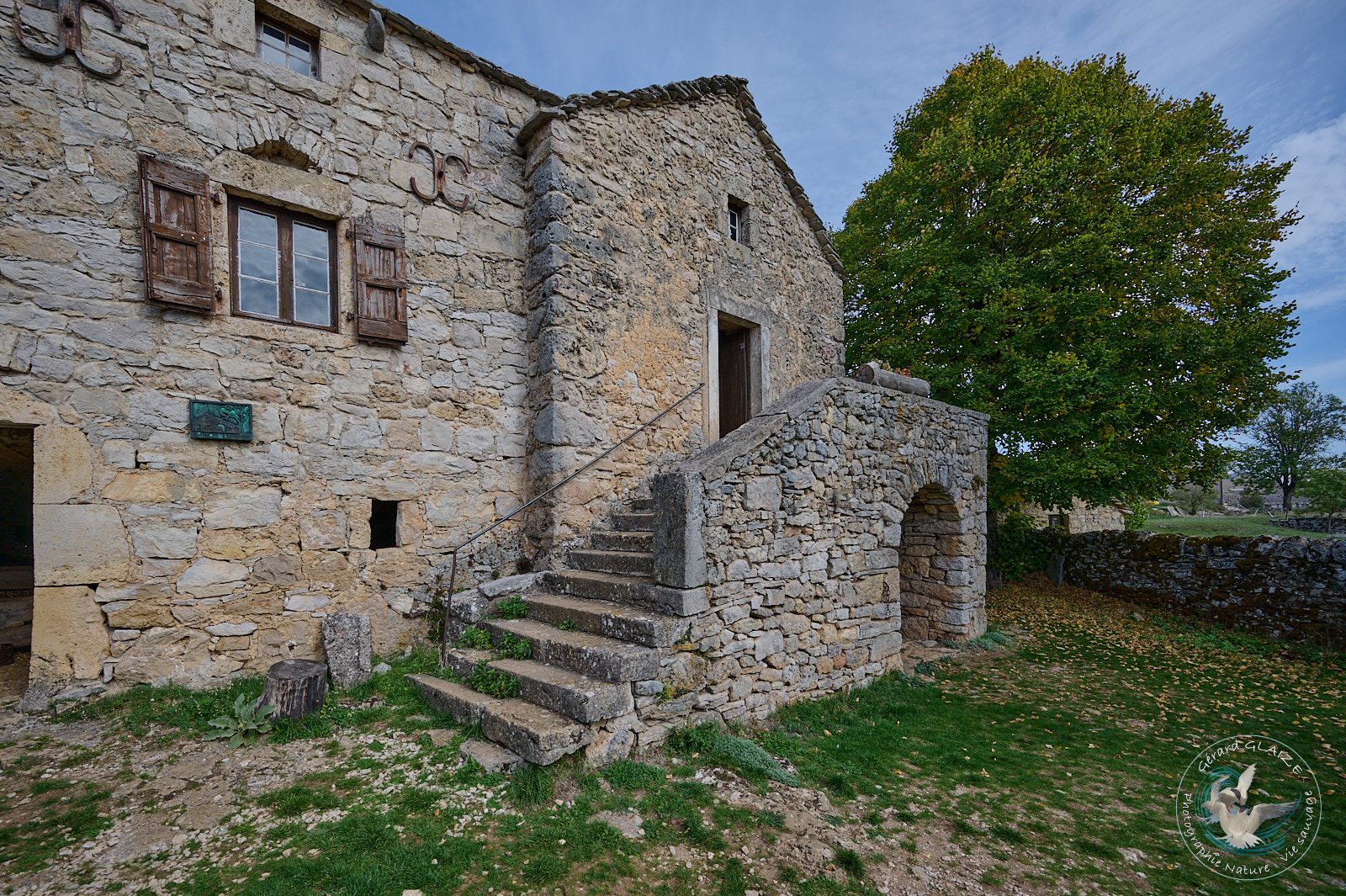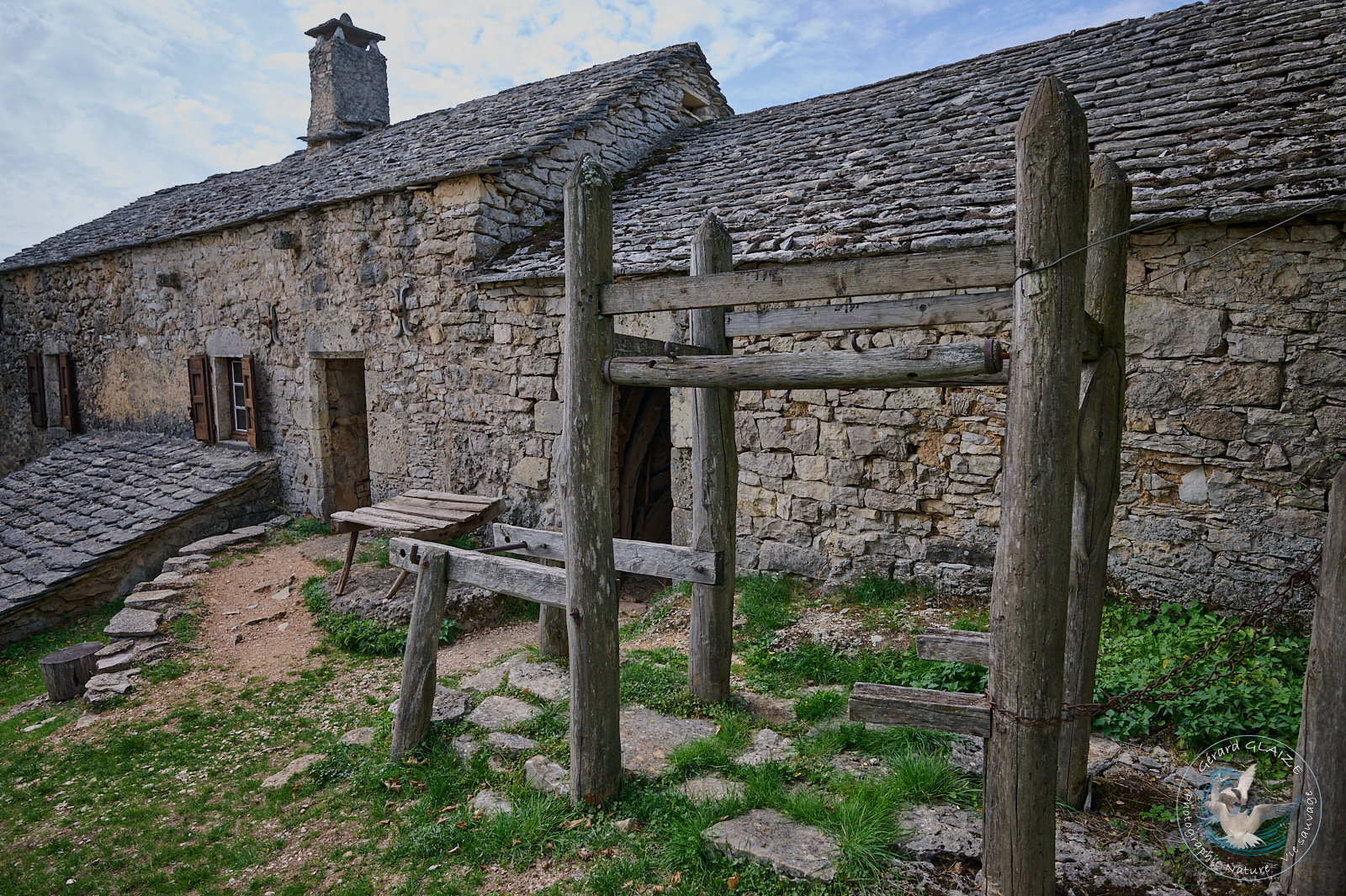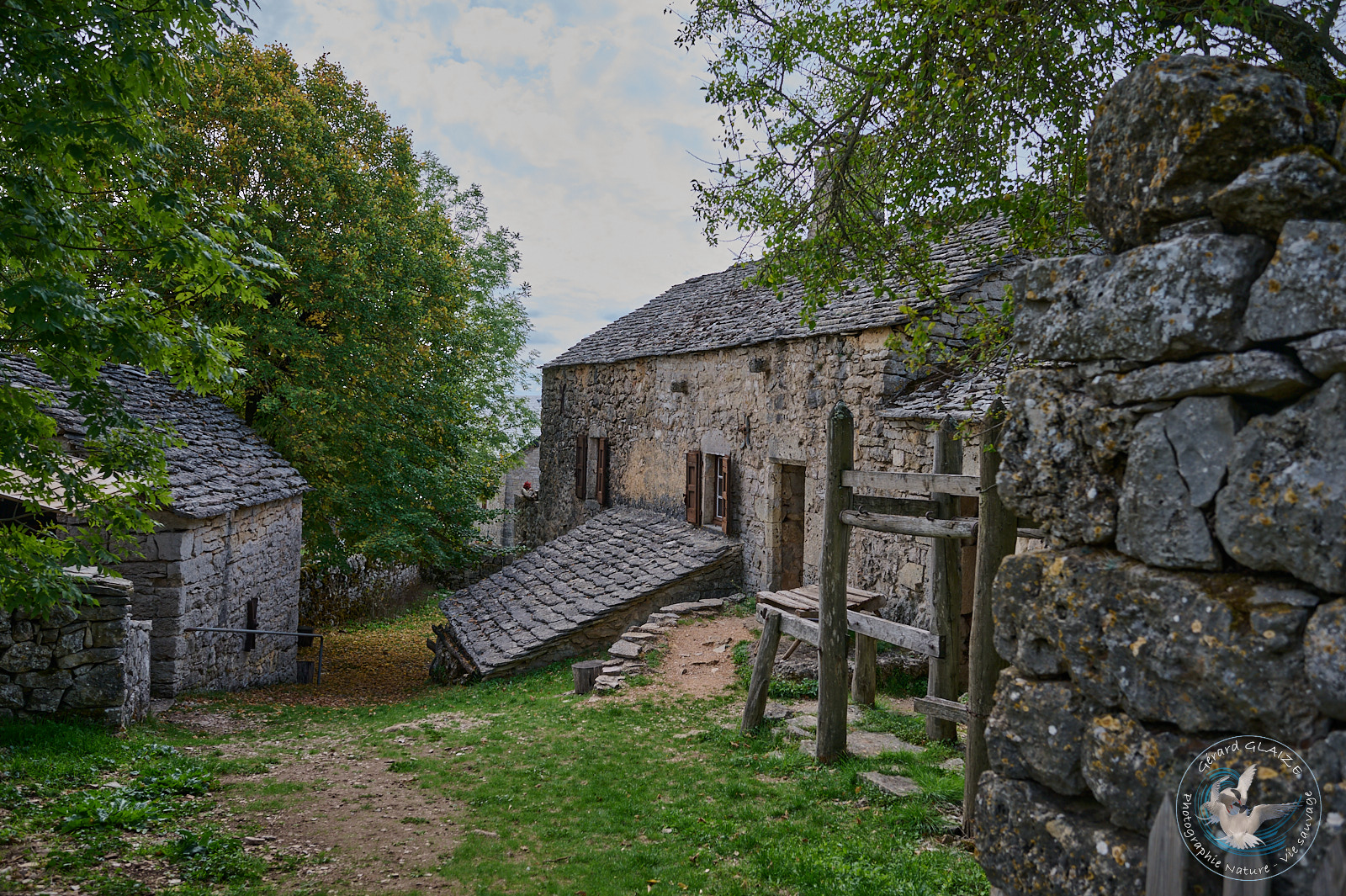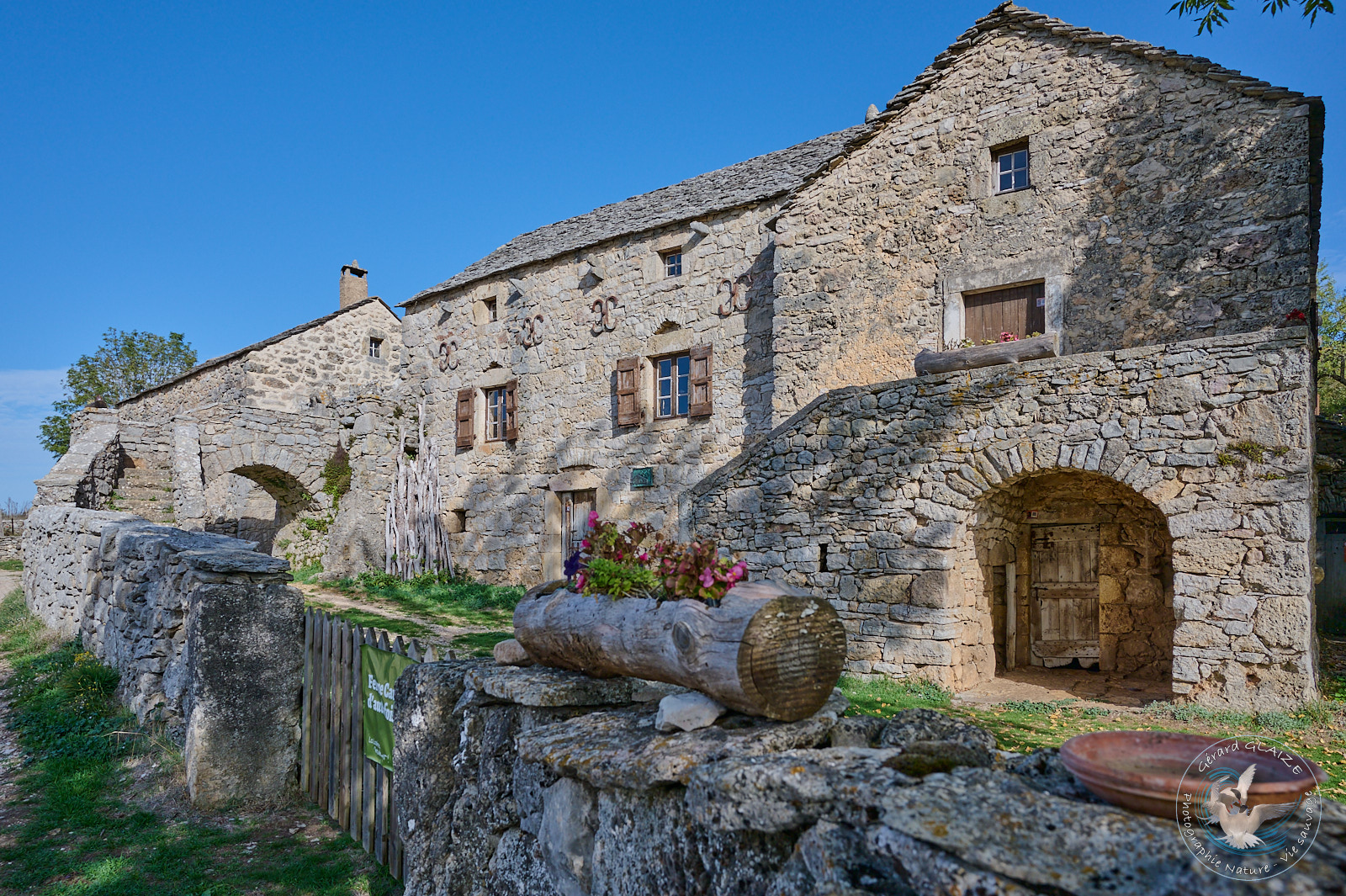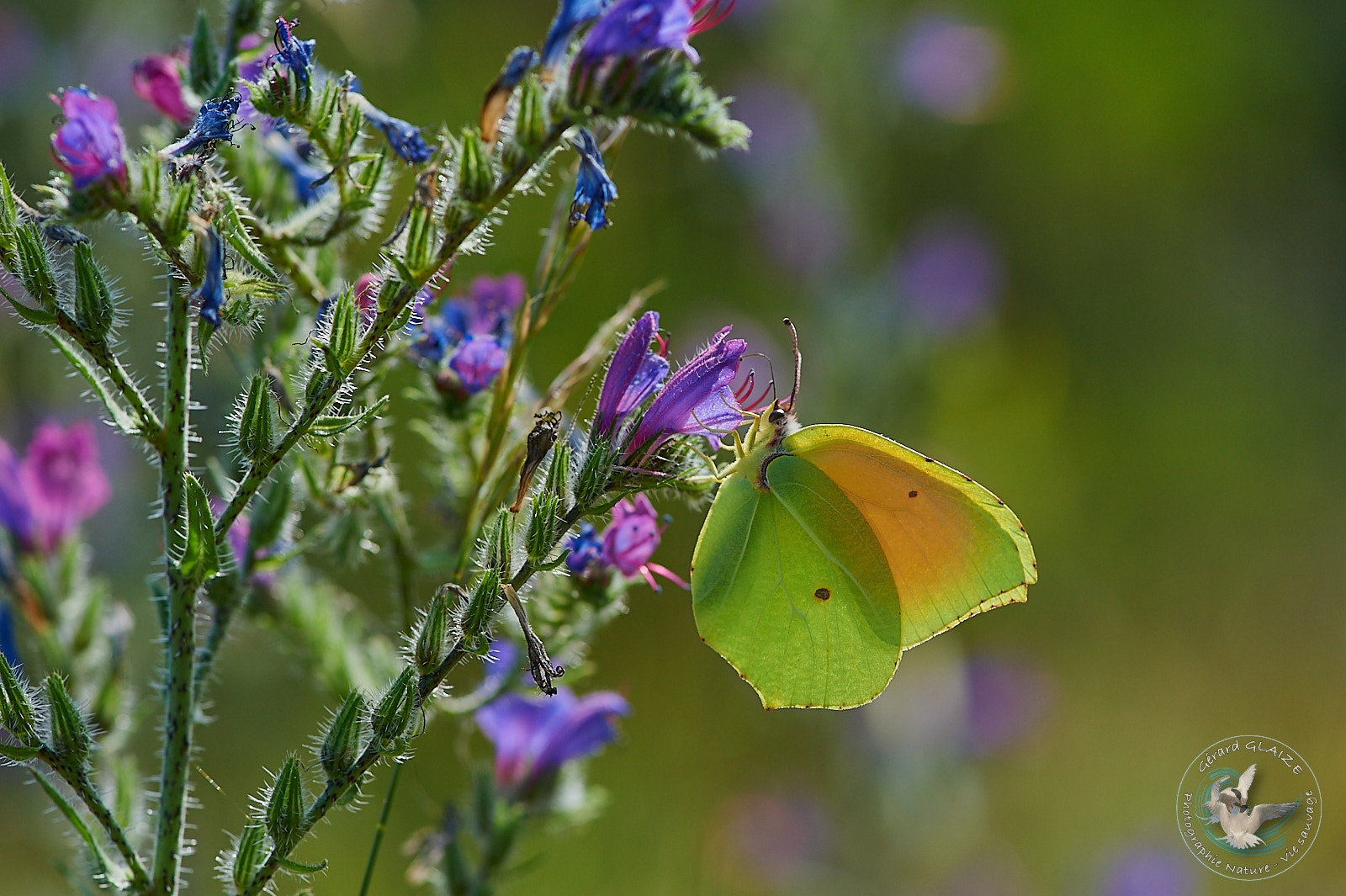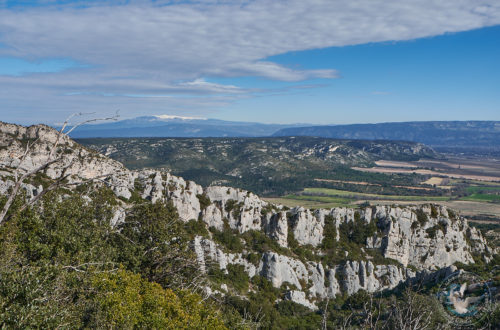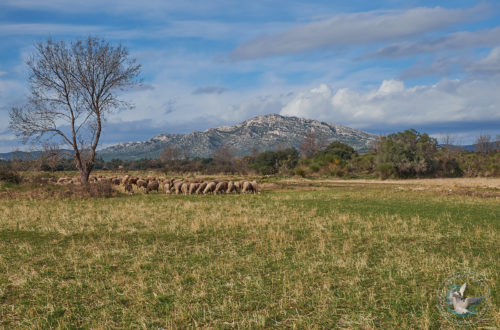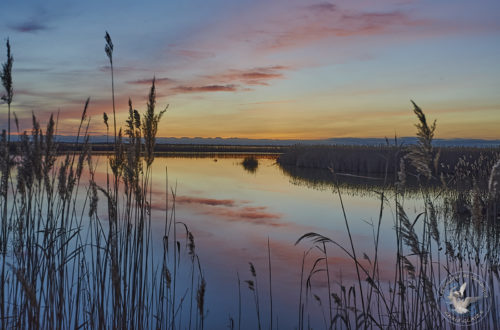Great Causses
Last updated on February 12th, 2024 at 06:17 pm
Geographic location
The Great Causses extend first of all to the south of the Aveyron department, in Lozère, as well as the Gard and a small part of Hérault. The Great Causses is an appellation which designates a set of more or less vast limestone high plateaus with reliefs shaped by puechs and valleys interspersed with ravines, valleys and gorges located to the south of the Massif Central. They rise from 700 to 1,200 m above sea level and are part of the mountain level. It is therefore a medium limestone mountain environment.
A causse is a strongly eroded karst plateau characteristic of the sedimentary aureoles of the south and west of the French Massif Central. The Caussenards are the inhabitants of these plateaus. This orographic toponym, in the agrarian and landscape sense, actually comes from Occitan.
Deep gorges (Tarn, Dourbie, Lot, Jonte, etc.) surround the foothills of the Causses. Finally, large open valleys welcome the towns of Millau, Saint-Affrique, Sévérac-le-Château, and towns like Roquefort-sur-Soulzon where the cellars are located which are used to refine the cheeses of the same name.
Rivers and streams watering the Great Causses :
- The Tarn and its main tributaries, the Jonte, the Dourbie and the Cernon,
- The Aveyron and its tributaries, the Viaur and the Serre,
- The Lot to the north of the park.
Great Causses Regional Natural Park
The year 1995 saw the creation of the Great Causses Regional Natural Park. This extends more precisely over 93 municipalities in the north-east of the Occitanie region, and in the north-east and south of the Aveyron department. With an area of 327,935 ha, it is also the third largest park in France after the Volcanoes of Auvergne and Corsica. The Great Causses regional natural park presents a mosaic of different landscapes. The Great Causses Regional Natural Park also adjoins the Cévennes National Park.
Composition of Great Causses
The following Causses make up all of the Great Causses:
Causse Comtal (Aveyron) :
The Causse Comtal is a limestone plateau located in the south-central part of the Massif Central, a subset of the Grands Causses. It is located north of the town of Rodez, in the department of Aveyron. It is therefore approximately in the triangle formed by Rodez to the south, Bozouls before Marcillac-Vallon to the west. Muret-le-Château marks its northern limit.
Causse de Sévérac (Aveyron et Lozère) :
The Causse of Sévérac is a limestone plateau located in the south-central part of the Massif Central. It is part of the Great Causses and the Great Causses regional natural park. It actually owes its name to the town of Sévérac-le-Château (Aveyron) around which it extends.
Causse de Sauveterre (Lozère) :
The Causse of Sauveterre is a limestone plateau therefore part of the Great Causses. Lot valley (200 to 400 m deep) surrounds this causse to the north. Causse dominates the Tarn gorges by 500 m for 60 km to the south, while its surface area is around 60,000 ha.
Causse Méjean (Lozère) :
The Causse Méjean is a vast limestone plateau also part of the Great Causses. It is in fact the highest of the Caussenard plateaus. Its altitude varies from 800 m to 1,247 m at Mount Gargo. Its surface area is close to 34,000 hectares. The Causse Méjean is included entirely within the perimeter of the Causses and Cévennes site. Since June 29, 2011, UNESCO has finally included this site on the world heritage list.
Causse Noir (Aveyron, Gard et Lozère) :
The Causse Noir or Black Mountain, which extends over 200 km2, is the smallest of the Great Causses. It adjoins the crystalline massif of the Cévennes to the east and overlooks the town of Millau to the west. It is part of the Causses and Cévennes territory, listed as a UNESCO world heritage site.
Causse Rouge (Aveyron) :
The Causse Rouge is a small limestone plateau located to the south of the Massif Central. It is part of the Great Causses. However, it owes its name to the color of its topsoil. Its altitude varies from 333 m at the confluence of the Muse and the Tarn to 884 m at the summit of Puech d’Andan.
Causse du Larzac (Aveyron, Gard et Hérault) :
The Larzac Causse extends between the town of Millau (Aveyron) and that of Lodève (Hérault) to the south of the Massif Central. It is a vast limestone plateau dating from the Jurassic era. Its altitude is between approximately 600 meters and 1,060 meters. The whole (relief, architecture, land use) is original enough to have prompted the creation of the Great Causses Regional Natural Park. Since 2011, UNESCO has listed this ensemble as a world heritage site. This site is also famous for having been the starting point of a civil disobedience movement in the 1970s “the Larzac struggle”.
Causse de Blandas (Gard) :
The Causse of Blandas is a karst plateau located in Languedoc-Roussillon in the Gard department. It is particularly bordered to the north by the Arre valley and the Cévennes massif, to the west to the south and to the east by the Vis gorges and the Larzac causse. Finally, the entire Causse of Blandas is included in the perimeter of the Causses and Cévennes, listed as a UNESCO world heritage site in June 2011.
Heritage of the Great Causses
The traditional houses and farmhouses built with limestone rubble from the Clapas and sometimes a few strips of oak, rare at the time on the causses.
- The omnipresent stone vaults and arcades.
- The “jasses” are kinds of sheepfolds found near farms or isolated on pastures. The paths also served as shelter for the shepherd and his animals during the night. When the climatic conditions, which can change suddenly on these high plateaus, required it.
- The “lavognes” (lavanhas in Occitan Rouergat), conical-shaped ponds built on a clay carpet intended to collect and conserve rainwater to quench the thirst of the herds.
- Threshing areas, large flat areas found in front of farms in the villages and hamlets of the Great Causses, where wheat was threshed. Once the harvest is over, the work is still far from finished for the farmer. He therefore had to carry the sheaves to the threshing floor to separate the grains from the ears. They are installed in a place in the sun so that the heat and dryness allow the ears to burst.
- Shepherd’s “caselles” are a sort of small dry stone hut. This, most often rounded and vaulted, was particularly abundant on the Causse Rouge.
- The dolmens.
The Millau viaduct, a major site in Midi-Pyrénées, is a work of art which therefore allows the A75 motorway to connect the Causse Rouge to the Causse of Larzac. In 2010 he held the world height record for a bridge.
Economy of Great Causses
Sheep, companions of Man for millennia, are perfectly adapted to the arid climate and the meager vegetation of these high plateaus. The agrarian areas culturally allocated to pastoralism are essentially intended for extensive dairy farming.
- The Lacaune dairy sheeps whose renneted milk produces Roquefort raw milk cheeses. This cheese has benefited from an Appellation d’Origine Contrôlée (AOC) since 1925 and also a Protected Designation of Origin (AOP) since 1996. This high-quality sheep’s milk is also used to make Pérail.
- To a lesser extent in cattle breeding (AOC AOP bleu des causses) and goat breeding (AOC AOP pélardon and rocamadour).
In the Great Causses, sheep breeders used scavenger birds until around 1945, when they disappeared from the region. Today after their reintroduction, the positive role of vultures in the elimination of sheep corpses is once again a reality for Caussenard breeders.
Extensive breeding for meat is also present everywhere with the production of sheep and cattle.
Fauna and flora of the park
Several territorial fractions of the Great Causses are classified Natura 2000 (around 19 sites). Some of these sites are clearly particularly concerned with the conservation of rare birds, such as vultures, harriers, and red-billed choughs.
Deer, wild boars and roe deer live throughout this territory. Many kites and other birds of prey (owls, owls, hawks) are present on the Causses.
The first griffon vultures were reintroduced in 1981. They nest in colonies in the Tarn Gorges, of the Jonte and of the Dourbie. Cinereous Vulture were also reintroduced between 1992 and 2004. Birds Directive of 1975 protects vultures throughout Europe.
The dry lawns of the Causses are home to a very diverse flora (including numerous orchids) as well as a large number of endemic species. The vegetation adapts both to the harshness of the climate (very cold in winter and very hot in summer) and to the poverty of the soil.
World Heritage Listing
In 2011, UNESCO distinguished 22 communes of the Park, part of the Causses and Cévennes site, finally recognizing their exceptional universal value as “cultural landscapes of Mediterranean agro-pastoralism”. This distinction therefore allowed their inclusion on the World Heritage list.
This recognition  thus recognizes the value of an exceptional site whose hand of man has shaped these landscapes for millennia.
thus recognizes the value of an exceptional site whose hand of man has shaped these landscapes for millennia.
Other Links



